Since October, hundreds of dead and sickened sea turtles have been washing ashore on the beaches of Southwest Florida.
The cause? An annually occurring natural phenomenon known as Red Tide.
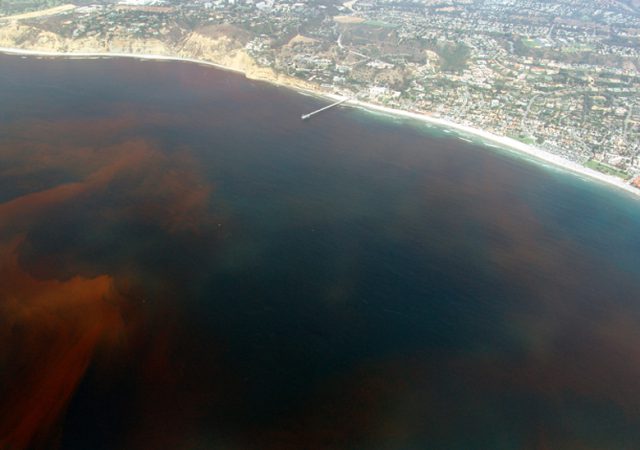
What is Red Tide?
Red Tide is the result of excessive growth of the algae Karenia brevis. As the name suggests, it often turns the sea a rusty red colour.
So what is it that makes Red Tide so deadly? The red algae produces a chemical that is toxic to marine organisms. This can be fatal when the algae is present in great enough quantities.
This year has been worse than most for the seasonal algal bloom. Most blooms begin in the late fall and dissipate by April. Sadly, this Red Tide is still going strong well into the summer. It is suspected to remain a problem for several months to come.
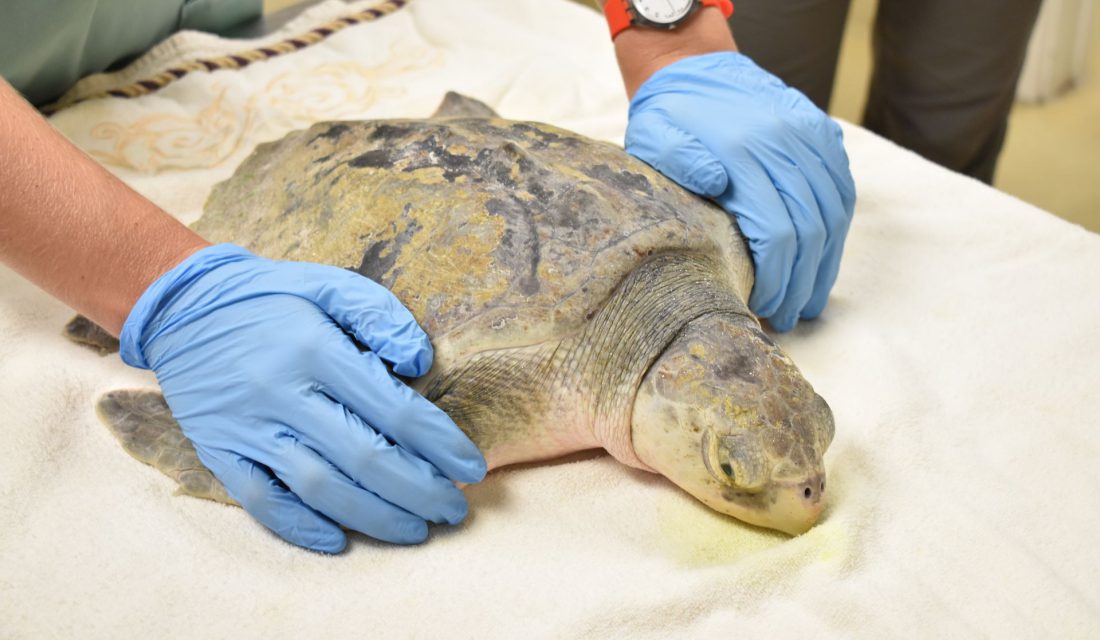
At-Risk Sea Turtles Dying
Two at-risk sea turtles are most affected by this Red Tide: Loggerhead and Kemp Ridley. Many of the turtles found on beaches have been adults — part of what makes this bloom so devastating to their conservation. Turtles can take between 25 to 30 years to reach maturity, and will lay thousands of eggs over decades. Only about one in 1,000 of these eggs will survive to adulthood. So the death of so many adults has the potential to stunt the recovery of these protected sea turtles for decades to come.
Red Tide isn’t the only type of algal bloom that poses a risk to wildlife. While you won’t see a Red Tide in freshwater, you may have observed scummy, foamy or discoloured water in a pond or lake near you. These unsightly features are also caused by algae blooms.
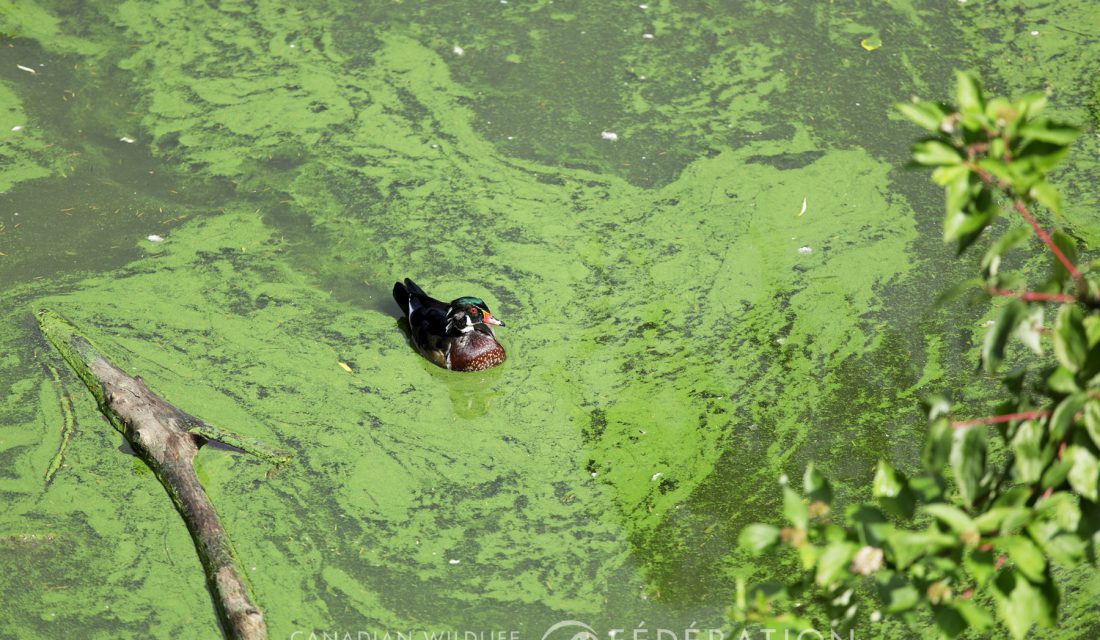
Freshwater Algal Blooms
Freshwater algae blooms may produce toxins, but can also lead to anoxia (a depletion of oxygen available in the water) when the algae dies and decomposes — killing fish. These blooms can also be harmful to humans, and can irritate the skin and eyes of swimmers or even make you sick.
Caused by Humans
There are some human-caused factors that may in part be responsible for the severity of this year’s Red Tide.
- Climate change has been increasing ocean temperatures worldwide, favouring algae growth.
- Nutrient pollution is largely the result of human activities, like farming, where fertilizers can contaminate nearby water through run-off. Nutrient pollution increases levels of nitrogen and phosphorus in the water, and provides algae with the food it needs to grow out of control.
Prevented by Humans
Luckily there are some things we can all do to help prevent nutrient pollution:
- Avoid using fertilizers and pesticides on your lawn or garden.
- If you have a septic system, ensure that it is properly maintained, so that leaking sewage doesn’t contaminate local bodies of water.
- Use phosphate-free detergents, cleaning products and personal care products.
- Build a shoreline buffer on your property using native vegetation to intercept contaminants.

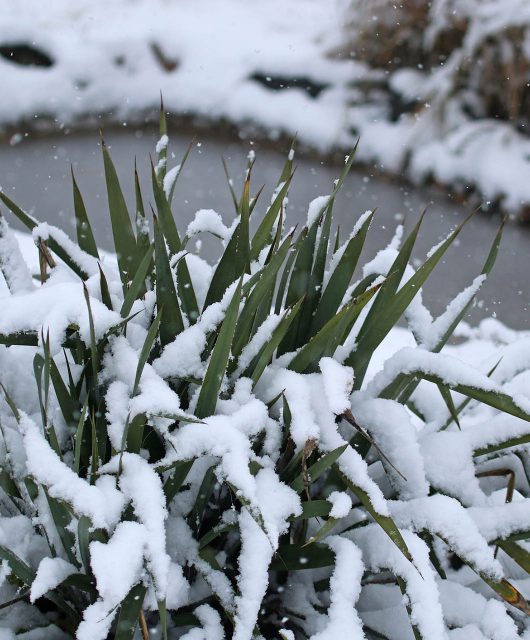
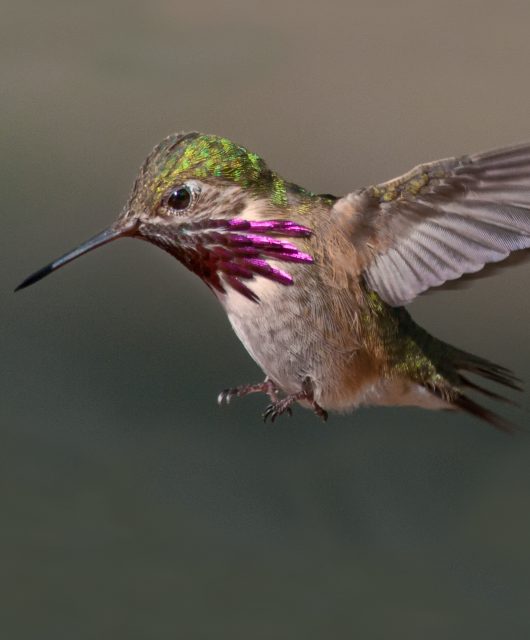
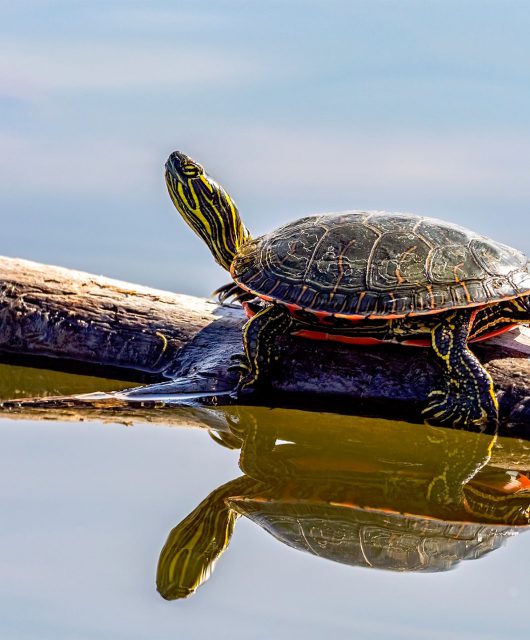
1 comment
Liked the photos and posts.